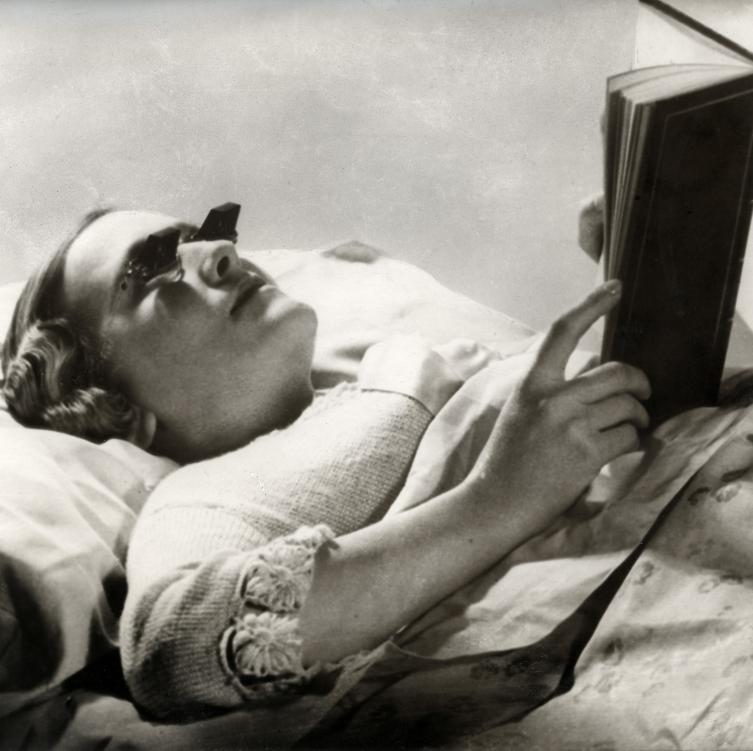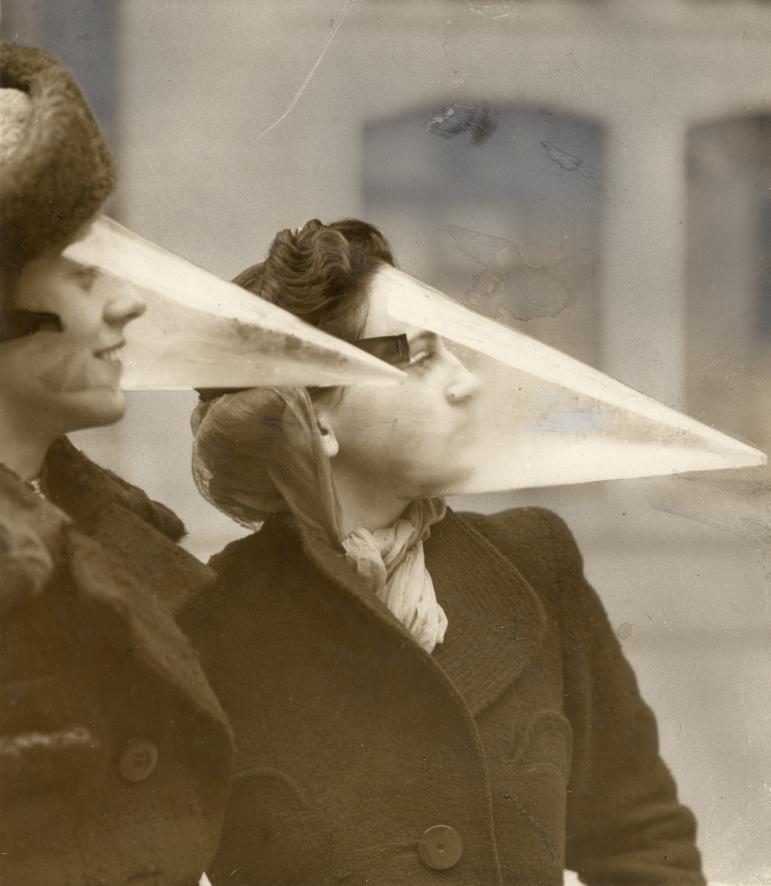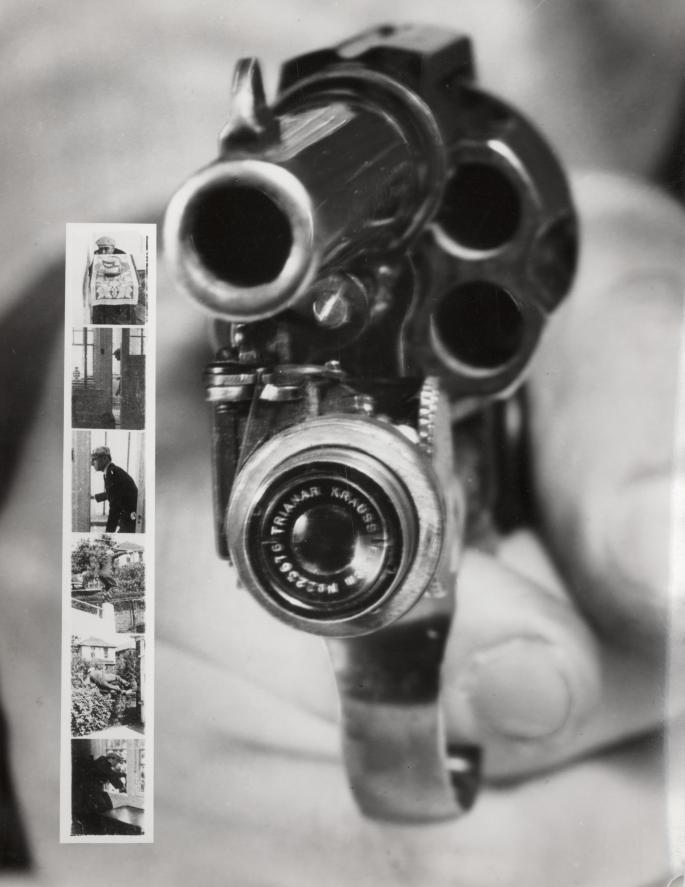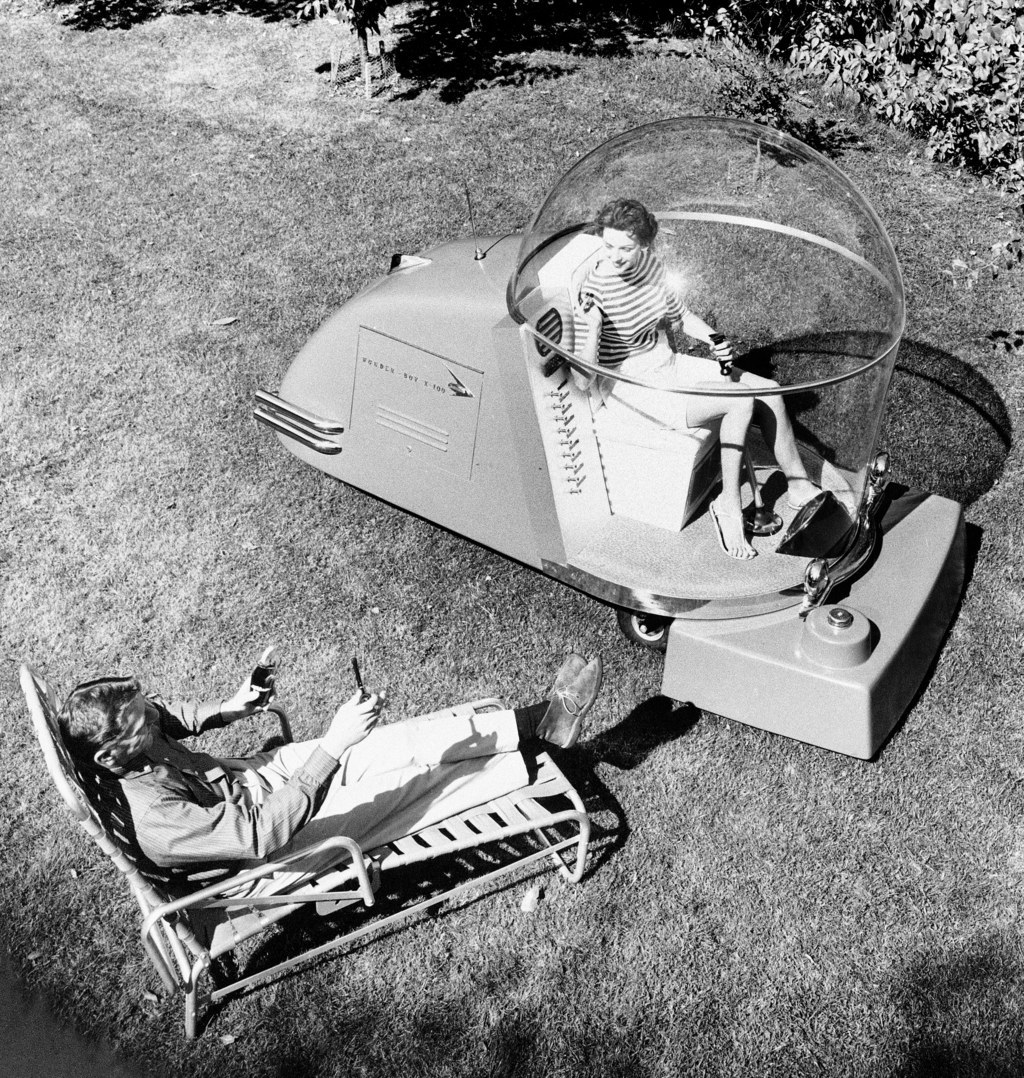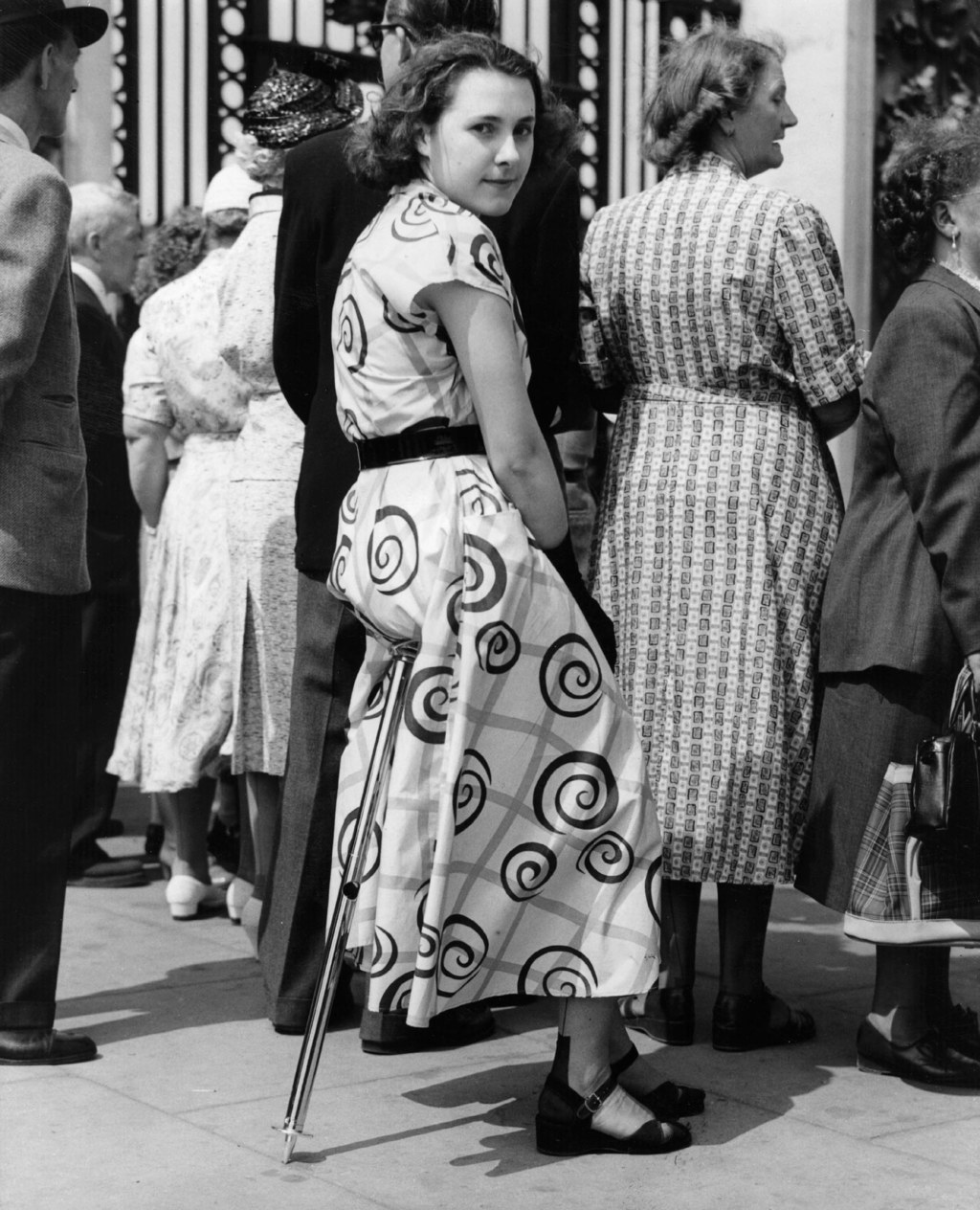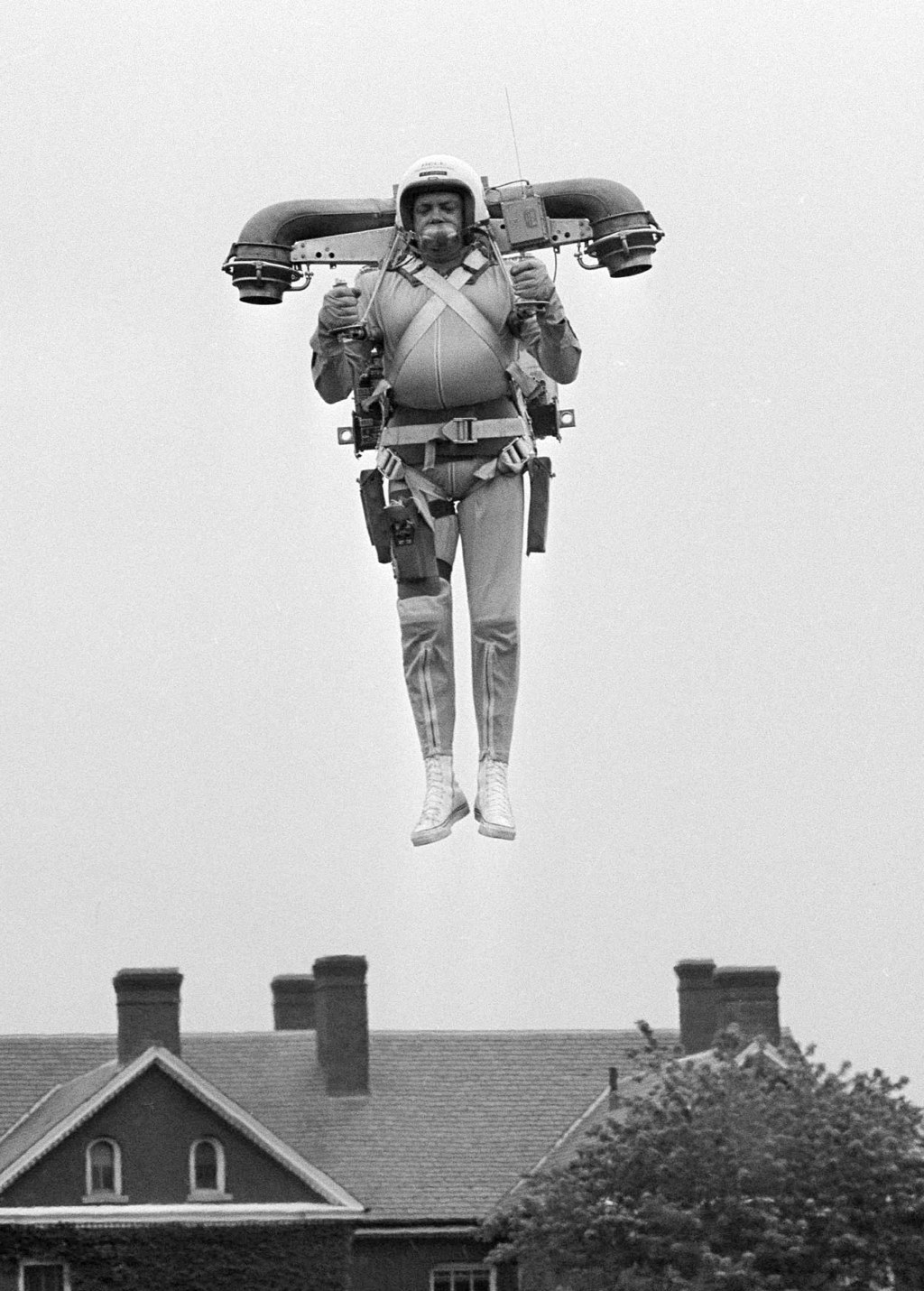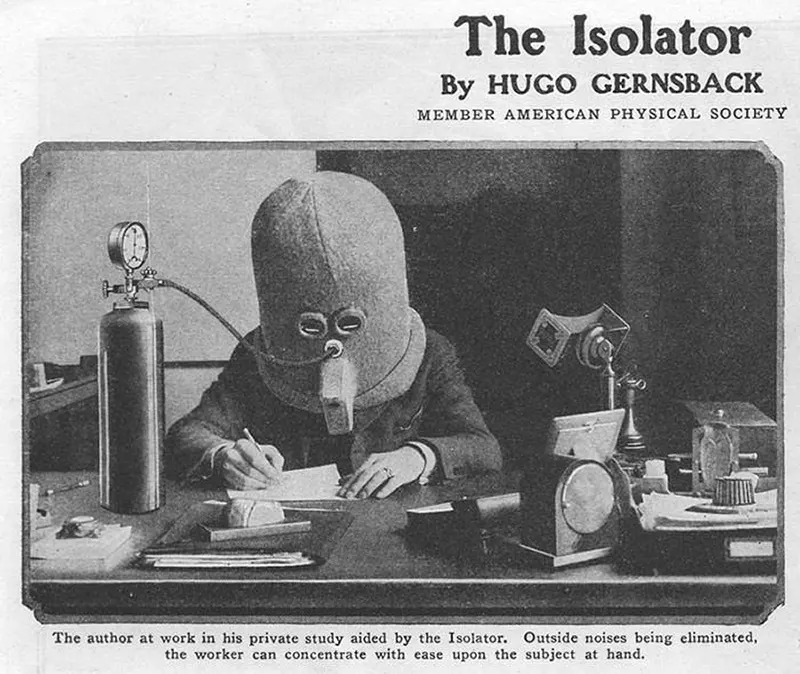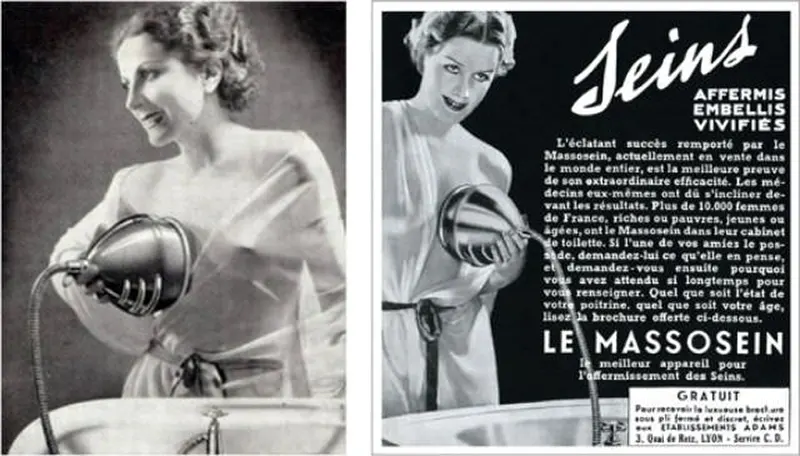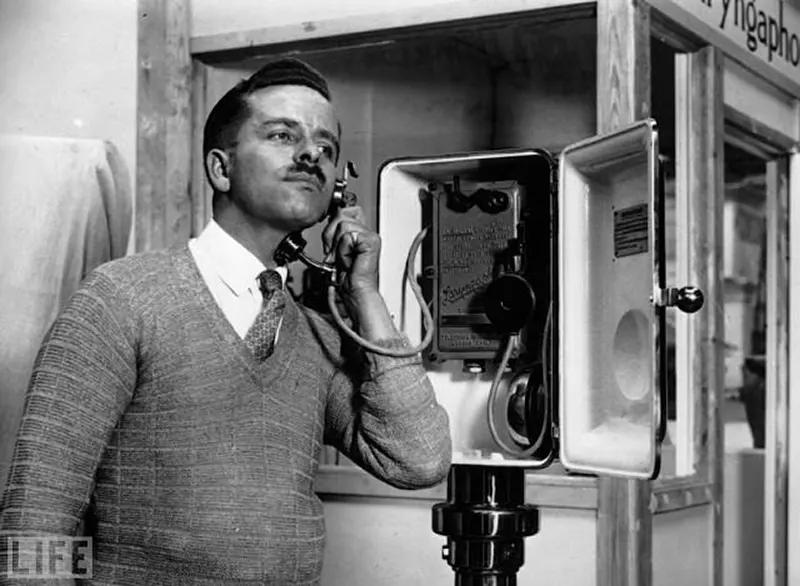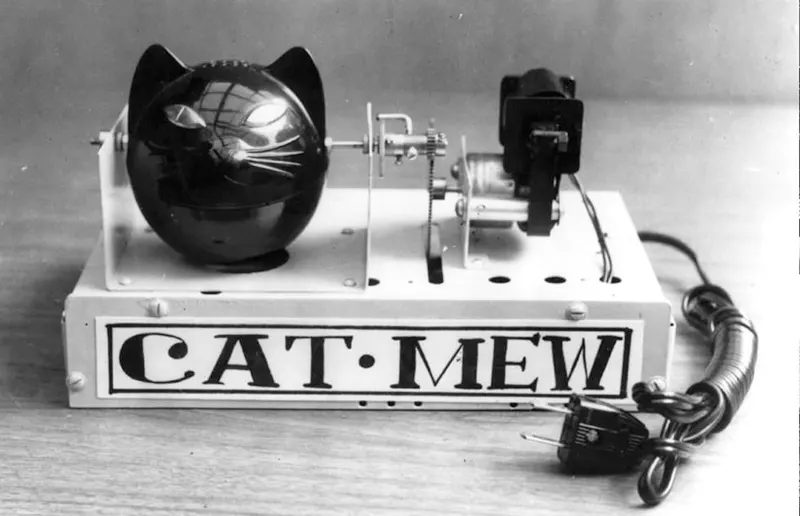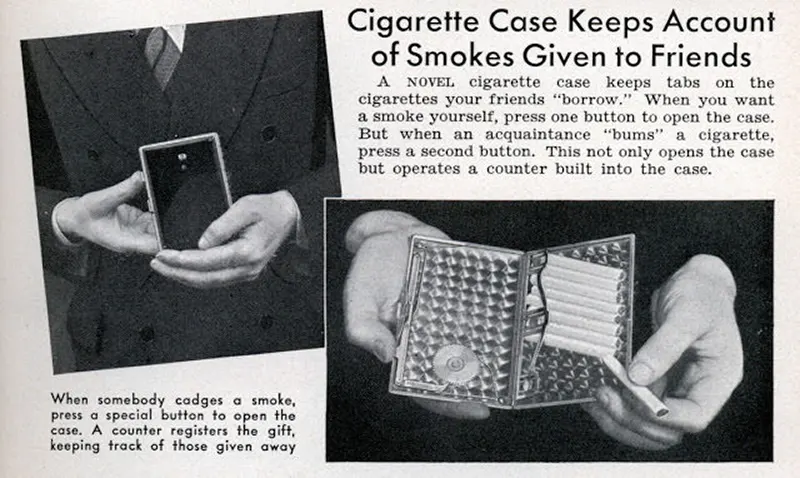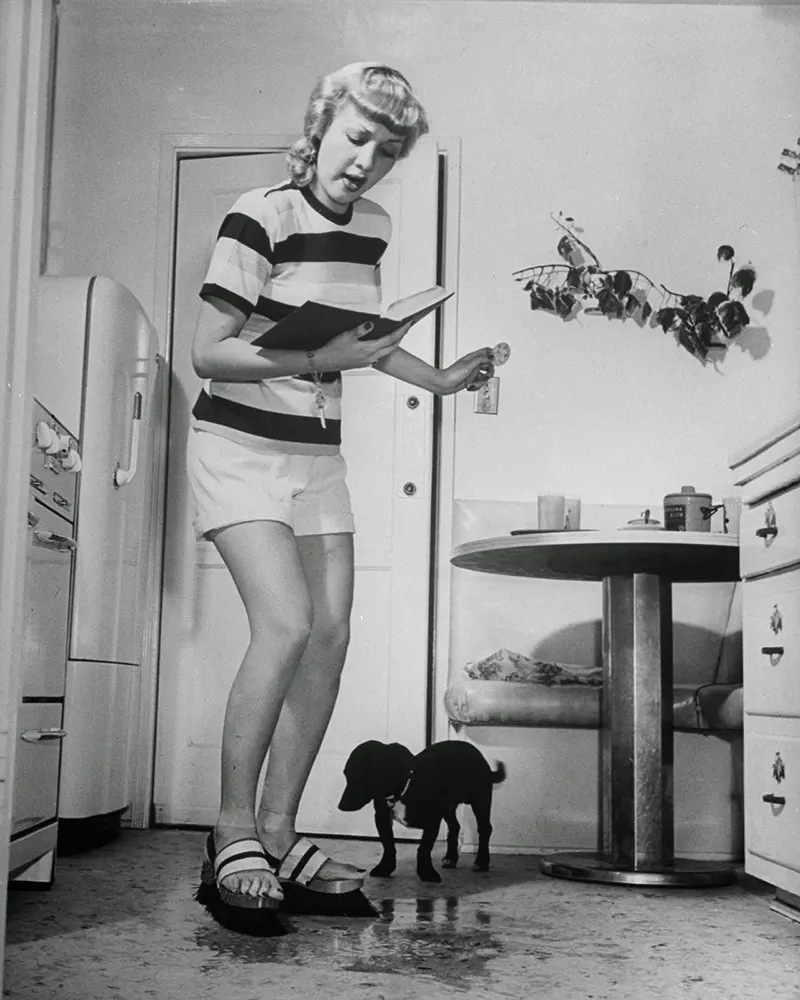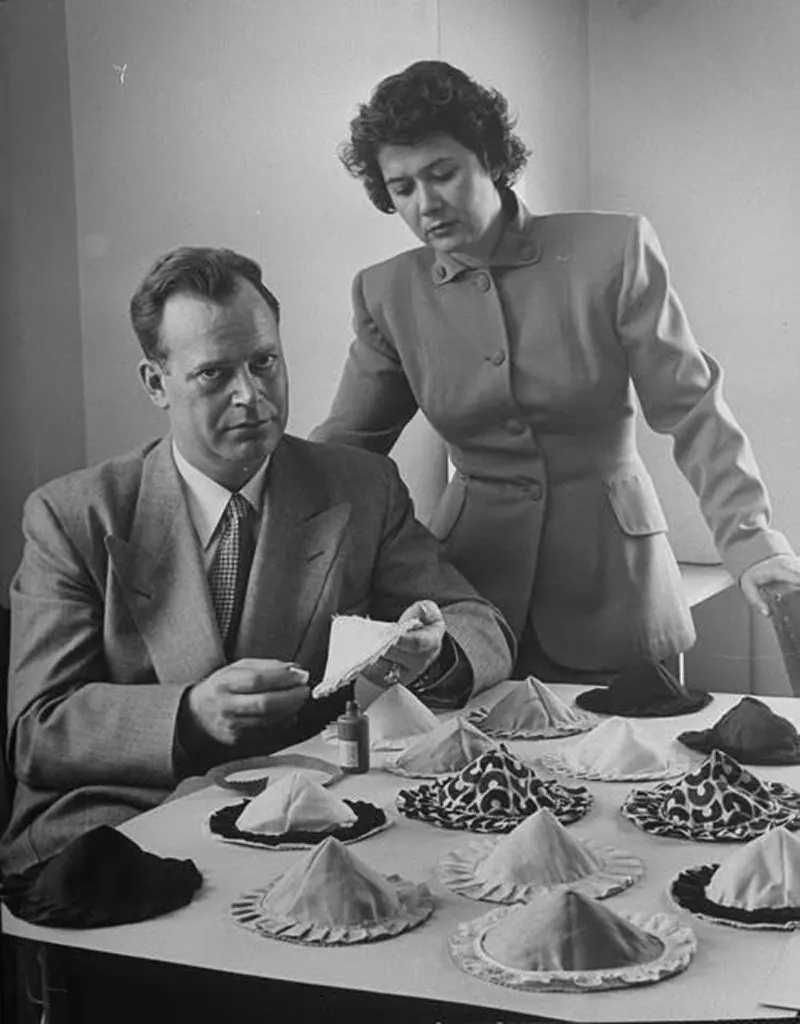The weird inventions demonstrate ingenious efforts from the first half of the 20th century (and later) that helped people manage the pressures of everyday life. Hundreds of thousands of patents are issued by the U.S. Patent and Trademark Office for new inventions every year. Some of these creations, such as the lightbulb, transistor, cars, changed the world. Others have made everyday life a little easier, and some inventions are for things people never realized they needed. However, despite numerous groundbreaking and useful inventions on the market, many other bizarre creations in history barely made it beyond their initial concept and never had any commercial success. Perhaps they were way ahead of their time, impractical products, sometimes confusing and difficult to use, or simply didn’t make any sense commercially. An inventor is an entity that creates or discovers an invention. The word inventor comes from the Latin verb invenire, invent-, to find. Although inventing is closely associated with science and engineering, inventors are not necessarily engineers or scientists. The term invention is also an important legal concept and central to patent law systems worldwide. As is often the case for legal concepts, its legal meaning is slightly different from the common usage of the word. In the United States, all patent applications are considered inventions. The statute explicitly says that the American invention concept includes discoveries, contrary to the European invention concept. The European invention concept corresponds to the American “patentable subject matter” concept: the first test a patent application is submitted to. While the statute virtually poses no limits to patenting whatsoever, courts have decided in binding precedents that abstract ideas, natural phenomena, and laws of nature are not patentable. (Photo credit: Nationaal Archief in Flickr / Buzzfeed / Getty / AP / Pinterest / Wikimedia Commons). Notify me of new posts by email.
Δ Subscribe





